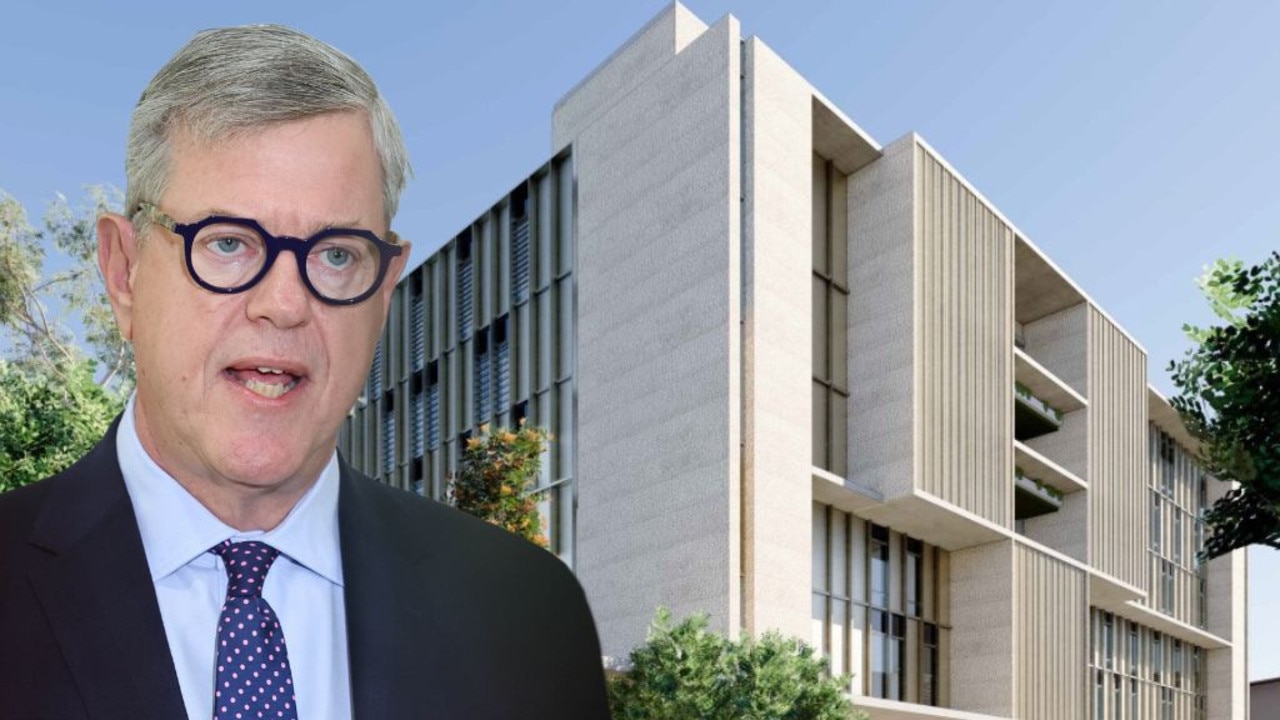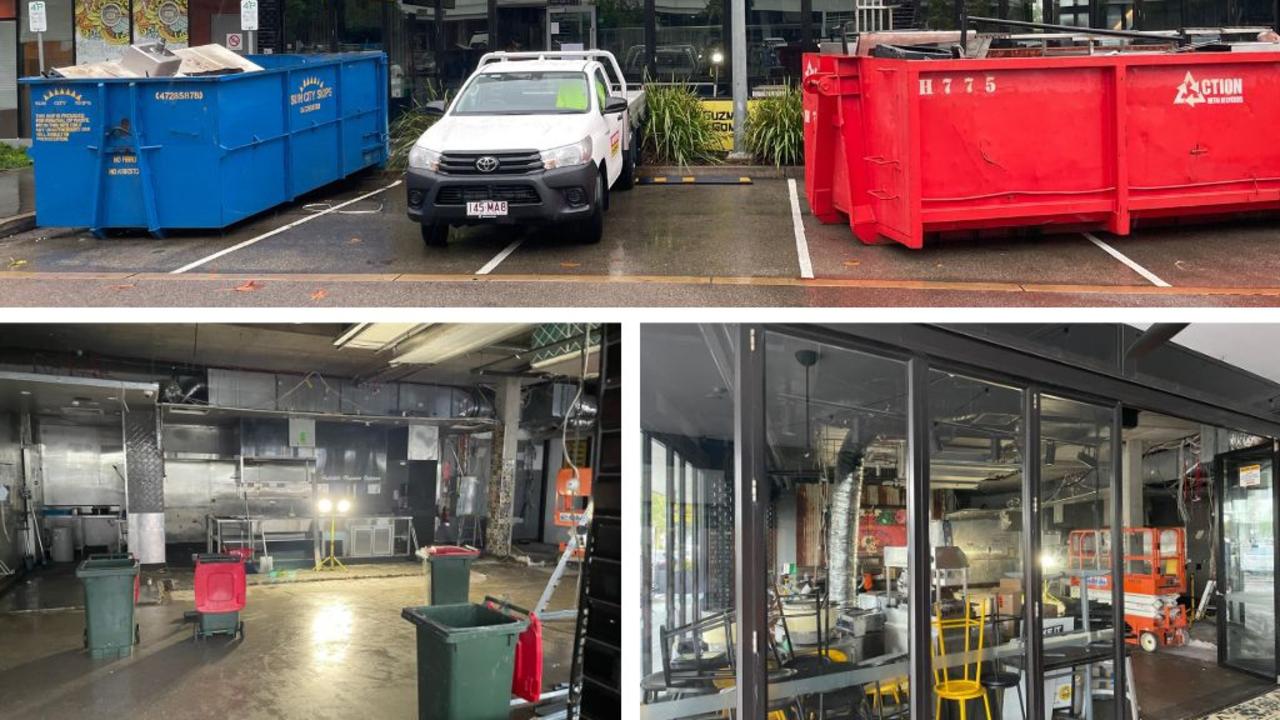What Dugald River Solar Farm means for North West Minerals Province
The massive investment in renewable energy is another step towards the region’s mining giants achieving its international expectations.
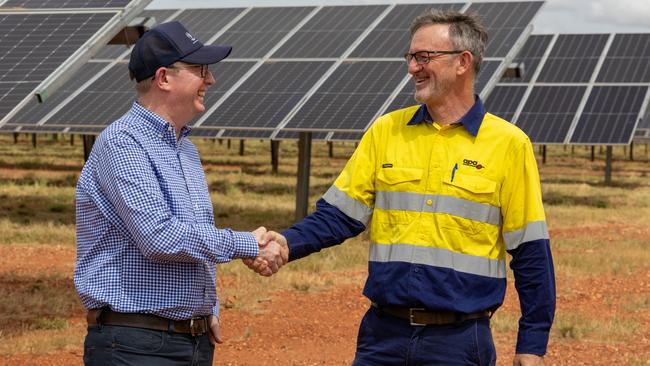
News
Don't miss out on the headlines from News. Followed categories will be added to My News.
The significance of a $150m solar farm on the outskirts of Mount Isa is that it will alleviate the carbon generated by the larger mining companies in the North West Minerals Province.
The Dugald River Solar Farm has already been in operation but the owning company, APA Group, held a ceremonial opening to recognise its newest investment to the region.
The company’s group executive of operations, Petrea Bradford, said the site at Mica Creek was the largest remote solar farm in Australia.
The farm has 184,000 panels and has the capacity to produce 88 megawatts of energy and will supplement the gas supply fed to the company’s nearby Diamantina Power Station.
“So the greenhouse intensity of the combined bundled energy solution across gas and solar drops when you build solar to support gas generation,” Ms Bradford said.
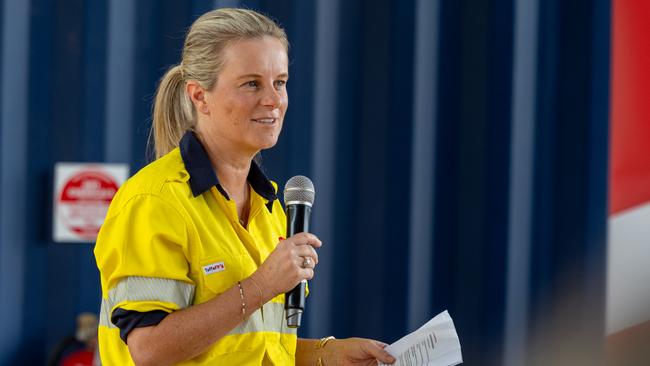
“And what that does is that helps the local miners and the resource sector on their decarbonisation journey.”
The miners she refers to are MMG, New Century and Glencore’s Mount Isa Mines.
Governments aim to phase out emissions through milestones with the last being zero levels in 2050, which will impact the operations of mining companies.
But Glencore’s Mount Isa Mines has started on that transition by sourcing 20 per cent of its electricity needs from the nearby solar farm.
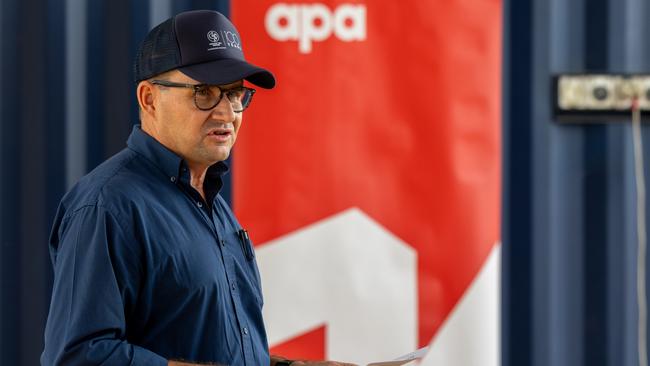
The companies had reached a 15 year agreement to use up to half of the energy that the farm produced.
Glencore Zinc Assets Australia’s chief operating officer Sam Strohmayr said the company already received reliable energy from APA for years, and it valued the partnership involving renewable energy.
It had the potential to reduce the cost of power for Mount Isa Mines.
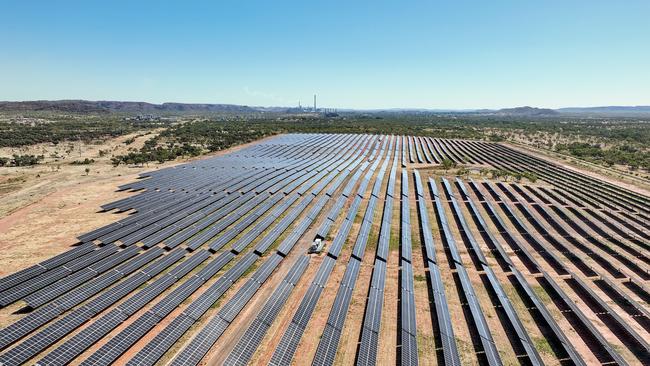
“Mount Isa Mines is reducing its carbon footprint, and in the process using renewable energy
to help produce energy transition metals, such as zinc and copper, that are needed globally
for a low carbon future,” he said.
“Electricity costs make up a significant portion of all heavy industry processing costs
and the current high electricity costs in Australia make it difficult for us to compete with our
international competitors,” Mr Strohmayr said.
Outgoing Deputy Mayor Phil Barwick, who chairs economic development, said the North West was heading towards its net zero targets and that it was replacing some major diesel and gas generation, which was good for the environment and for costs.
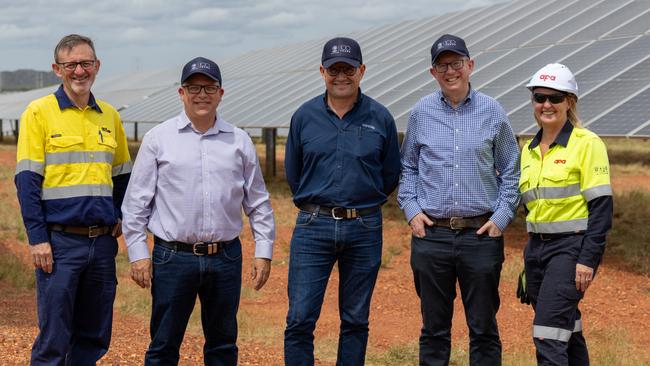
“We are very heavy energy users no matter which industry you look at,” Mr Barwick said.
“Mining, grazing and transport are the main ones.
“We therefore really need to ramp up projects of this nature so that we can attempt to meet those targets.”
Originally published as What Dugald River Solar Farm means for North West Minerals Province


